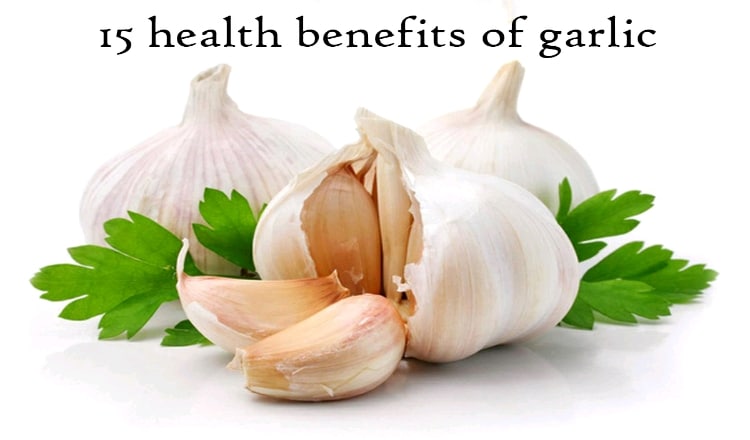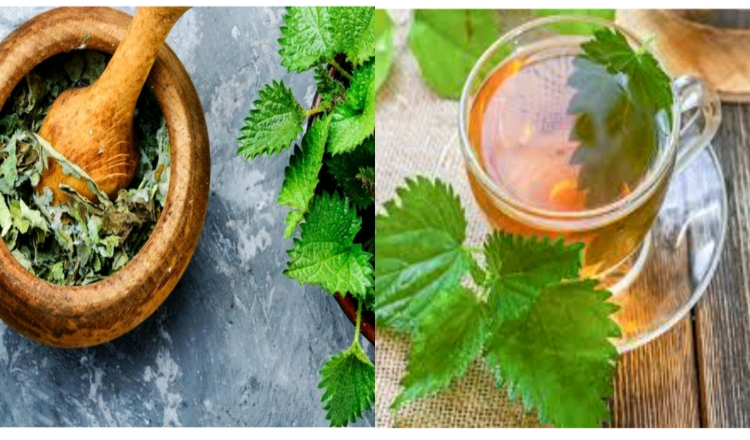Most people I know have a lot of questions when it comes to Garlic, some always love to know what are the health benefit of eating raw Garlic every day.
Well, in this post, Townflex and Flexhealthtips, after some research and personal experiences come to educate you on what the benefits are and why it is very good for us as individuals need to take into our system Garlic every single day.
Before we begin, lets get familiar with the term. Garlic is a species of bulbous flowering plant in the genus Allium with the botanical name (Allium sativum), and the onion, with the botanical name Allium cepa, both have a lot of health benefits that are good for human consumption and medical treatments; their close relatives in the Allium family include scallions, leeks, and chive.
benefit of eating raw GARLIC
“Let food be thy medicine, and medicine be thy food.”
Those are famous words from the ancient Greek physician Hippocrates, often called the father of Western medicine.
Several studies have indicated that eating one to two raw cloves of garlic each day increases blood flow, avoiding the formation of clots that can clog the arteries and trigger a heart attack.

Garlic is a plant in the Allium (onion) family.
As explained above, Garlic is closely related to onions, shallots and leeks. Each segment of a garlic bulb is called a clove. There are about 10–20 cloves in a single bulb, give or take.
Scientists now know that most of its health benefits are caused by sulfur compounds formed when a garlic clove is chopped, crushed or chewed.
- Decent amounts of calcium, copper, potassium, phosphorus, iron
and vitamin B1
- Garlic Can Combat Sickness, Including the Common Cold
- Garlic supplements are known to boost the function of the immune system.
- The Active Compounds in Garlic Can Reduce Blood Pressure
- Cardiovascular diseases like heart attacks and strokes are the world’s biggest killers.
- High blood pressure, or hypertension, is one of the most important drivers of these diseases.
- Garlic Helps Reduce Cholesterol Levels.
- Garlic Can Help With Prevention of Cancer.
- Garlic Has Antibiotic Properties.
- Garlic May Prevent Alzheimer’s and Dementia.
- Garlic Can Improve Athletic Performance
If raw garlic is too strong for you, you can also eat it cooked, but you will need to increase the quantity: between three to five cloves a day to hope to benefit from its qualities.
Also Read: Garlic and Lemon to purify and thin the blood and other benefits


